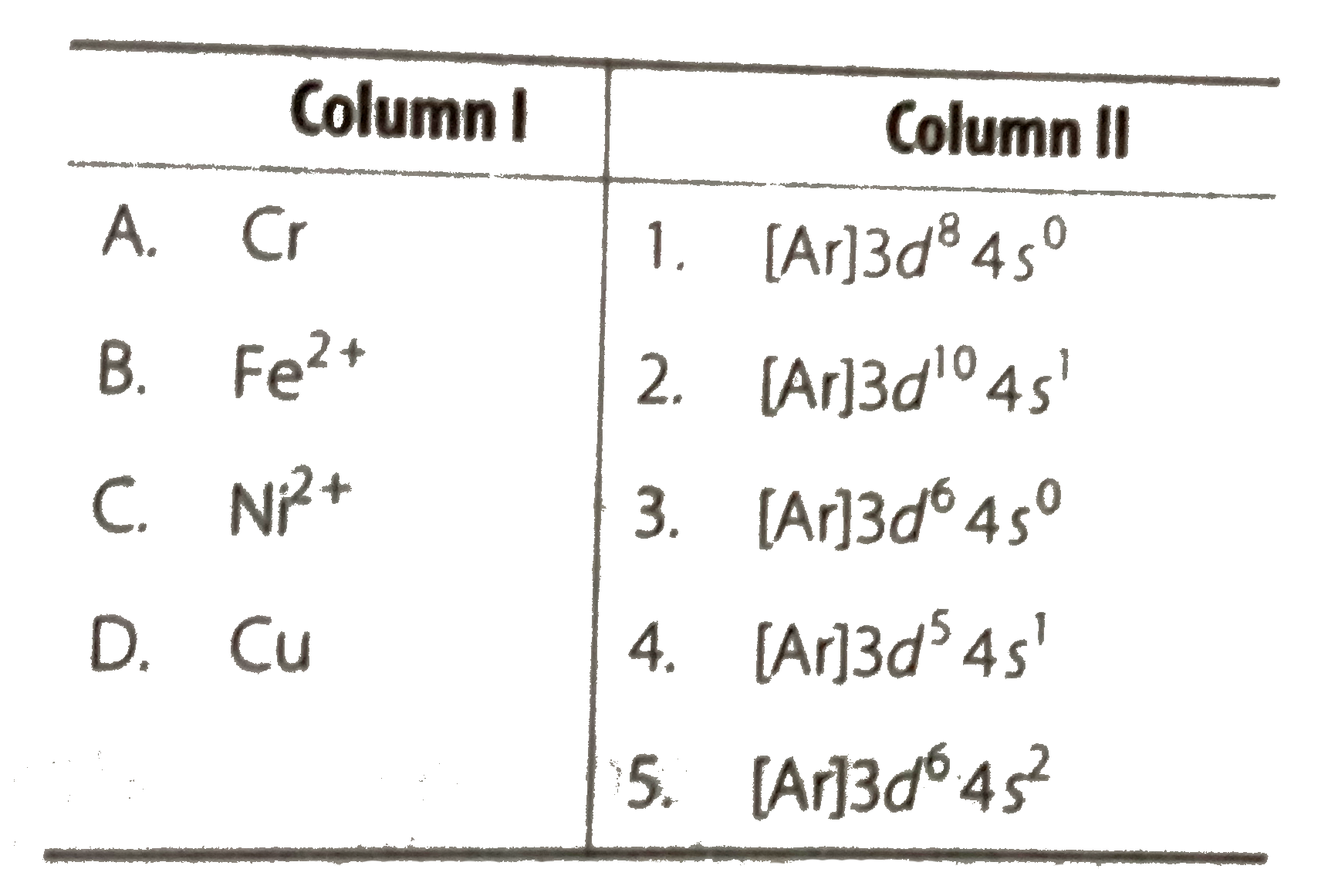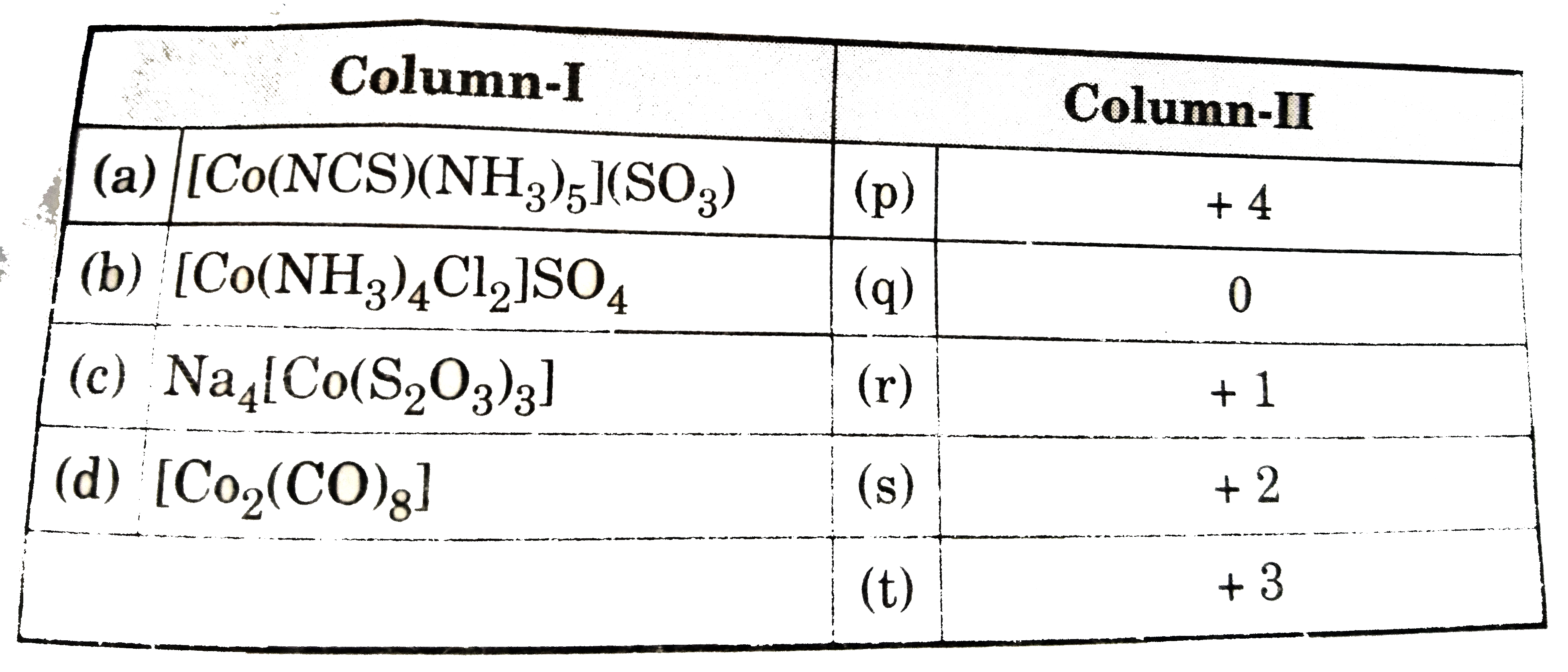Match the anionic species given in Column I that are present in the ore (s) given in Column II.
Column IColumn IIA.Carbonatep.SideriteB.Sulphideq.MalachiteC.Hydroxider.BauxiteD.Oxides.Calaminet.Argentite
The correct Answer is:A, B, C, D
(p) Siderite FeCO3
(q) Malachite -CuCO3.Cu(OH)2
(r) Bauxite AlOx(OH)3−2x
(s) Calamine - ZnCO3
(t) Argentite - Ag2S
Topper's Solved these Questions
- ORES, MINERALS AND METALLURGICAL EXTRACTIONBOOK - ERRORLESS CHAPTER - ORES, MINERALS AND METALLURGICAL EXTRACTIONEXERCISE - JEE ANSWER TPYE QUESTION (JEE Advanced) 2018) Numeric answer type question
1 Videos
- ORES, MINERALS AND METALLURGICAL EXTRACTIONBOOK - ERRORLESS CHAPTER - ORES, MINERALS AND METALLURGICAL EXTRACTIONEXERCISE - JEE SECTION INTEGER TYPE QUESTIONS
3 Videos
- NUCLEAR CHEMISTRY BOOK - ERRORLESS CHAPTER - NUCLEAR CHEMISTRY EXERCISE - JEE SECTION (Matrix Match Type Questions)
2 Videos
- Practical Organic ChemistryBOOK - ERRORLESS CHAPTER - Practical Organic ChemistryEXERCISE - JEE Ssection (More than one choice correct answer)
16 Videos
Similar Questions
Match the species given in column I with prperties given in Column II.

View SolutionMatch the species given in Column I with the hybridstion given in Column II.

View SolutionMatch species given in column I with the electronic configuration given in column II.

View SolutionMatch the species given column I with prooperties given in column II

View SolutionMatch the complex given in Column-I with the oxidation state of cobalt present in it (given in Column_II)

View SolutionMatch the compounds given in Column I with the oxidation state of cobalt present in it (given in Column II)

View SolutionMatch the statements given in Column I and Column II

View SolutionMatch the items given in Column I and Column II.

View SolutionMatch the items given in Column I and Column II.
View SolutionMatch the statements given in Column I with the oxidation states given in Column II.

View Solution
